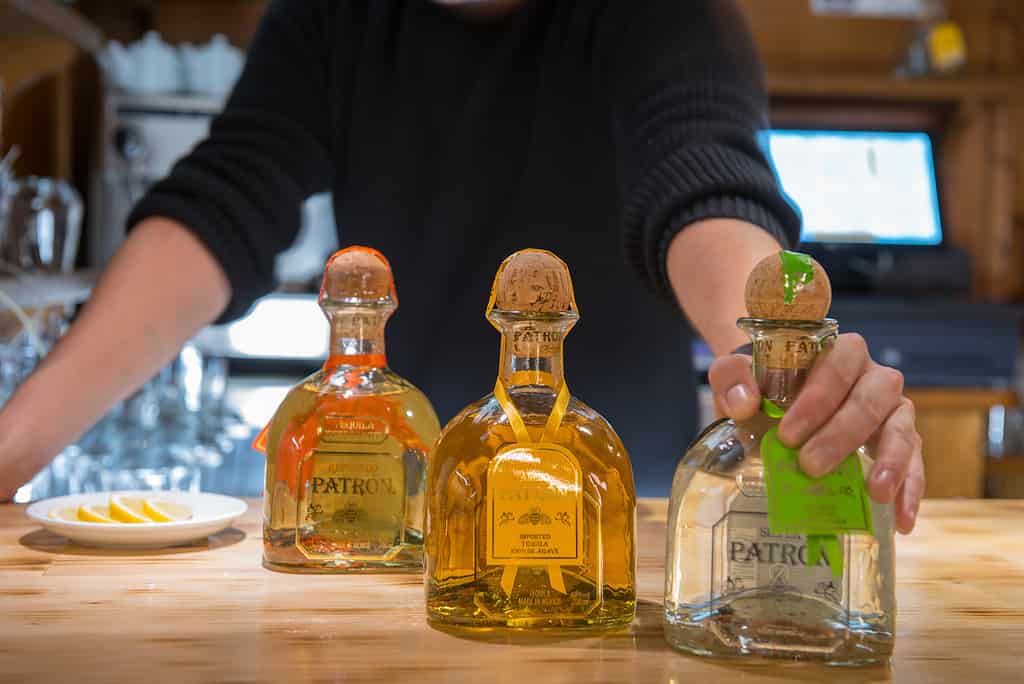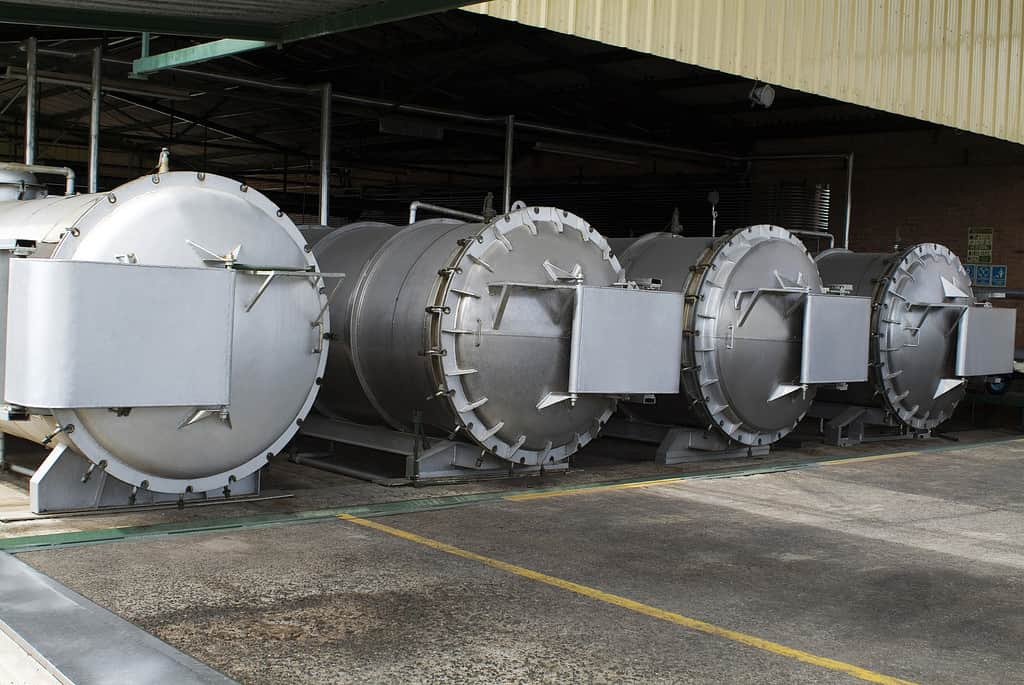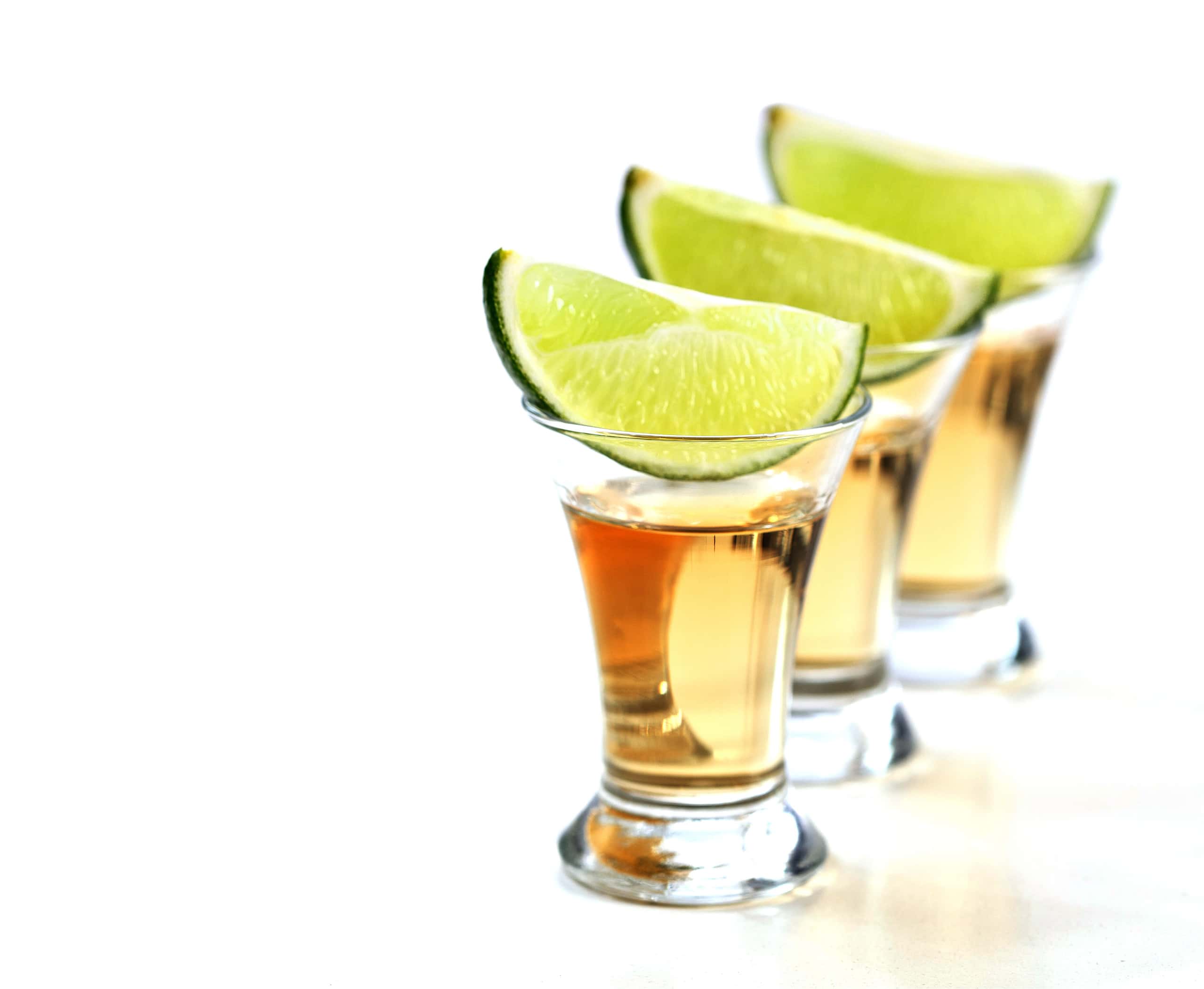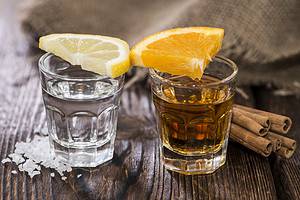What is tequila? It is a distilled spirit that is made from the blue agave plant, which is native to Mexico. It is a popular alcoholic beverage that is known for its unique taste and cultural significance. Tequila is a type of mezcal, which is a broader category of spirits that are also made from agave plants.
The production of tequila involves several steps, including harvesting the agave plant, cooking and crushing the plant to extract its juices, and fermenting and distilling the resulting liquid. The final product can vary in color and taste depending on the aging process and the specific type. It can be enjoyed on its own or used as a base for cocktails such as margaritas and tequila sunrises.

Table of Contents
Understanding Tequila
Tequila is a distilled spirit that is made from the blue agave plant, which is native to Mexico. It is a type of agave spirit that is produced exclusively in certain regions of Mexico, including the state of Jalisco. It is known for its unique flavor and is often enjoyed as a shot or in a cocktail.
The process of making tequila begins with the blue agave plant. The plant is harvested, and the leaves are removed to reveal the core or piña. The piñas are then roasted in ovens or pits to release their sugars, which are then extracted and fermented. The resulting liquid is then distilled to create tequila.
Tequila is classified into two main categories: 100% agave tequila and mixto tequila. 100% agave is made solely from blue agave and is considered to be of higher quality. Mixto, on the other hand, is made from a combination of blue agave and other sugars.
Tequila is also classified by its aging process. Blanco, or silver, is unaged and has a clear color. Reposado is aged between two and twelve months in oak barrels, giving it a light golden color and a mellow flavor. Añejo is aged for at least one year, resulting in a darker color and a more complex flavor.
Tequila typically has an alcohol content of around 40% ABV (alcohol by volume), although this can vary depending on the specific brand and type. It is important to drink it responsibly and in moderation.
In summary, it is a distilled spirit made from the blue agave plant and is produced exclusively in certain regions of Mexico. It is classified into two main categories and can be aged to create different flavor profiles. Tequila typically has an alcohol content of around 40% ABV and should be consumed responsibly.
Tequila Production
Tequila is a distilled spirit that is made from the blue agave plant. The town of Tequila, located in the state of Jalisco, Mexico, is the birthplace of this iconic drink. The production process is a complex and intricate one that involves several steps.
The first step in the production is the cooking process. The agave plant is harvested and then cooked in large ovens to convert its starches into fermentable sugars. The resulting liquid is then transferred to fermentation tanks where yeast is added to convert the sugars into alcohol.
Once the fermentation process is complete, the resulting liquid is distilled in copper or stainless steel column stills. This process separates the alcohol from the water and other impurities, resulting in a clear liquid known as “ordinario.”
The ordinario is then distilled a second time to produce tequila. This second distillation process is what gives the spirit its unique flavor and character. The result is then aged in oak barrels for a period of time, depending on the desired style.
Traditional methods are still used in production, with many distilleries using the same methods that have been used for generations. The use of brick ovens, tahonas (large stone grinding wheels), and copper stills are all part of the traditional production process.
In conclusion, the production of tequila is a complex and intricate process that involves several steps. From the cooking process to the use of traditional methods, each step plays a crucial role in the production of this iconic drink.
Types of Tequila
Blanco
Blanco tequila, also known as silver or white tequila, is a clear spirit that is bottled immediately after distillation. It is typically unaged or aged for a very short period of time, giving it a fresh and crisp taste. Blanco tequila is commonly used in cocktails and is the most common type of tequila in Mexico.
Reposado
Reposado is aged in oak barrels for a minimum of two months and up to one year. This aging process gives it a slight golden color and a smoother taste compared to blanco. The oak barrels also add flavors such as vanilla and caramel. Reposado is a popular choice for sipping and is often used in premium cocktails.
Añejo
Añejo is aged in oak barrels for a minimum of one year and up to three years. This aging process gives the tequila a dark amber color and a complex flavor profile. Añejo has notes of oak, vanilla, and caramel, and is often compared to a fine whiskey. It is typically sipped neat or on the rocks.
Different varieties can also be classified based on the region in which they are produced. For example, tequila produced in the Jalisco region of Mexico is known for its earthy and herbal notes, while it produced in the highlands of Jalisco is known for its floral and citrus notes.
Overall, it is a versatile spirit that offers a range of flavors and styles. Whether you prefer a crisp and refreshing blanco or a complex and aged añejo, there is a type of tequila for every taste preference.

Tequila Regions
It is a spirit that is exclusively produced in certain regions of Mexico. The regions where it is produced are divided into two main categories: the highlands and the lowlands. Each region has its own unique characteristics that affect the flavor profile of the tequila produced there.
Highlands
The highlands, also known as Los Altos, are located in the central part of Mexico. This region is characterized by its high elevation, cooler temperatures, and red volcanic soil. The agave plants grown in the highlands take longer to mature, resulting in a sweeter and fruitier tequila. The highlands are known for producing tequilas with floral and citrus notes.
Lowlands
The lowlands, also known as El Valle, are located in the western part of Mexico. This region is characterized by its lower elevation, hotter temperatures, and iron-rich soil. The agave plants grown in the lowlands mature faster, resulting in tequila with earthy and spicy notes. The lowlands are known for producing tequilas with a more herbaceous and peppery flavor profile.
Other Regions
In addition to the highlands and lowlands, there are a few other regions in Mexico where it is produced. These regions include:
- Jalisco: This is the most well-known producing region and is home to the town of Tequila, where the spirit gets its name.
- Guanajuato: This region is known for producing tequilas with a smoky flavor profile.
- Michoacán: This region is known for producing tequilas with a floral aroma and a slightly sweet taste.
Each region has its own unique terroir that affects the flavor of the spirit produced there. Enthusiasts often seek out tequilas from different regions to experience distinct flavor profiles.
Premium Tequila
Premium is a type that is made from 100% blue agave and is aged for a minimum of two months in oak barrels. This type is considered to be of higher quality and has a smoother taste than regular tequila.
One of the main differences between premium and regular is the production process. Premium is made using the traditional method of cooking the agave in stone ovens, which gives it a distinct flavor and aroma. Regular tequila, on the other hand, is made using a more modern method that involves cooking the agave in stainless steel ovens.
Another factor that contributes to the quality of premium is the aging process. Premium is aged in oak barrels, which gives it a smoother taste and a more complex flavor profile. The longer it is aged, the more complex the flavor becomes.
There are several different types of premium tequila, including blanco, reposado, and añejo. Blanco is clear and unaged, while reposado is aged for a minimum of two months but less than a year. Añejo is aged for a minimum of one year but less than three years.
Some of the most popular premium brands include Patrón, Don Julio, and Casa Noble. These brands are known for their high-quality tequila and are often used in cocktails or enjoyed on their own.
Overall, premium tequila is a high-quality spirit that is made from 100% blue agave and aged for a minimum of two months in oak barrels. It has a smoother taste and a more complex flavor profile than regular tequila, making it a popular choice among enthusiasts.

Tequila Cocktails
Tequila is a versatile spirit that can be enjoyed in a variety of cocktails. Here are a few popular cocktails that are sure to impress:
- Margarita: This classic cocktail is made with tequila, lime juice, and triple sec. It can be served on the rocks or blended with ice for a frozen version. A salt rim is often added to the glass for an extra burst of flavor.
- Paloma: This refreshing cocktail is made with tequila, grapefruit soda, and lime juice. It is typically served on the rocks with a salt rim.
- Tequila Sunrise: This colorful cocktail is made with tequila, orange juice, and grenadine. The grenadine creates a gradient effect, giving the drink its signature sunrise appearance.
- Bloody Maria: This tequila-based twist on the classic Bloody Mary is made with tomato juice, lime juice, Worcestershire sauce, hot sauce, and spices. It is typically served with a celery stalk and a salt rim.
When making cocktails, it is important to use high-quality tequila and fresh ingredients for the best flavor. Freshly squeezed lime juice is a must for most cocktails, as it adds a bright, tangy flavor that complements the spirit.
The best way to enjoy tequila cocktails is to experiment with different recipes and find the ones that suit your taste preferences. Whether you prefer sweet, sour, or spicy flavors, there is a cocktail out there for everyone.
Frequently Asked Questions
What is the main ingredient in tequila?
Tequila is made from the blue agave plant, which is native to Mexico. The heart of the plant called the piña, is harvested and cooked to extract the sugars that will be fermented and distilled into tequila.
How does it differ from vodka?
Tequila is made from agave, while vodka is made from grains like wheat, corn, or potatoes. It also has a distinct flavor profile that comes from the agave plant and the way it is processed.
What is the typical alcohol percentage in tequila?
It typically has an alcohol content of around 40%, which is similar to other spirits like whiskey or gin.
What is the traditional way to drink it?
In Mexico, it is often sipped neat or with a side of sangria, a spicy tomato-based drink. Tequila shots with salt and lime are a popular way to drink it in other parts of the world.
What is the significance of the worm in tequila?
Contrary to popular belief, the worm is not a traditional part of tequila. It was added as a marketing gimmick in the 1940s and is only found in certain types of mezcal, which is a different type of agave-based spirit.
What are the different types?
Tequila is divided into two main categories: 100% agave and mixto, which is made with at least 51% agave and other sugars. Within these categories, there are several types, including blanco (unaged), reposado (aged for at least two months), añejo (aged for at least one year), and extra añejo (aged for at least three years).






